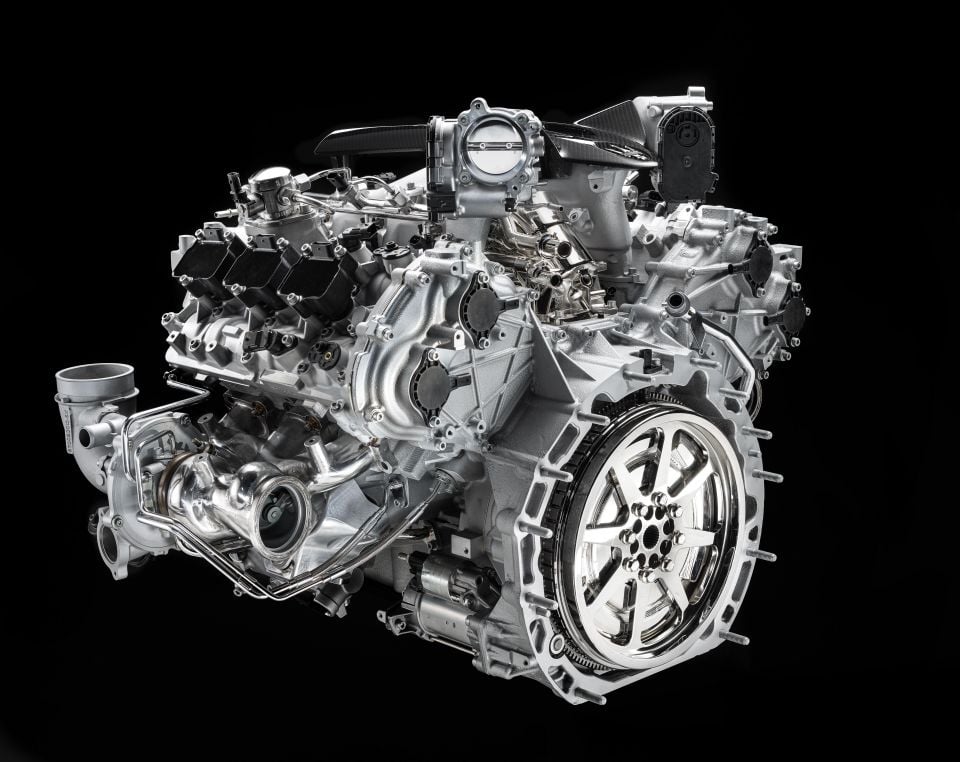

Damion Smy
2026 KGM Musso ute images leaked
52 Minutes Ago

News Editor
For those too excited to wait for the Maserati MC20’s reveal next month, spy photographers have captured the MC20 in the thinnest of camouflage. And it looks good.
The mid-engined proportions are unmistakable, while the MC20 also features flared fenders and squat rear haunches with huge air vents.
Though it’s all very muscular and aggressive in its proportions, there are flowing curves to the sheetmetal. The doors are intriguing, too, in that they bulge outwards to meet what appears to be a prominent feature line down the side of the car.


Up front, the MC20 looks like it’ll have a version of Maserati’s traditional concave grille with a large trident badge. The headlights remain mostly disguised but appear to rise up from the fenders.
While the MC20 moniker lacks the charm of previous Maserati nameplates like Merak and Khamsin, it has a deeper meaning. It stands for Maserati Corsa 20, or Maserati Racing 20, and signifies the brand’s return to racing.

A more memorable name is Nettuno, with which the MC20’s engine has been christened. That’s Italian, of course, for Neptune, a fitting engine name for a brand that uses a trident as a logo.
The first engine developed independently by Maserati in 20 years, the Nettuno is a 3.0-litre twin-turbocharged 90-degree V6 that produces 463kW of power at 7500 rpm and 730Nm of torque from 3000 rpm.
Maserati says it uses technology derived from Formula 1, including a pre-chamber combustion system featuring twin-spark plugs. It features a dry sump and a compression ratio of 11:1.


It’s been developed in Maserati’s hometown of Modena, and will be built there along with the MC20 itself.
It has identical power and even more torque than the engine used in the limited-production, Ferrari Enzo-based MC12 of 2004, which is the most powerful Maserati to date.
That model produced 652Nm of torque from its naturally-aspirated 6.0-litre V12 engine.
It also bests the twin-turbocharged 3.8-litre V8 in the recently unveiled Quattroporte and Ghibli Trofeo, which produces 433kW of power and 730Nm of torque.
Where expert car reviews meet expert car buying – CarExpert gives you trusted advice, personalised service and real savings on your next new car.
William Stopford is an automotive journalist with a passion for mainstream cars, automotive history and overseas auto markets.


Damion Smy
52 Minutes Ago


Damion Smy
2 Hours Ago


Damion Smy
3 Hours Ago


Damion Smy
3 Hours Ago


Josh Nevett
3 Hours Ago


Max Davies
4 Hours Ago